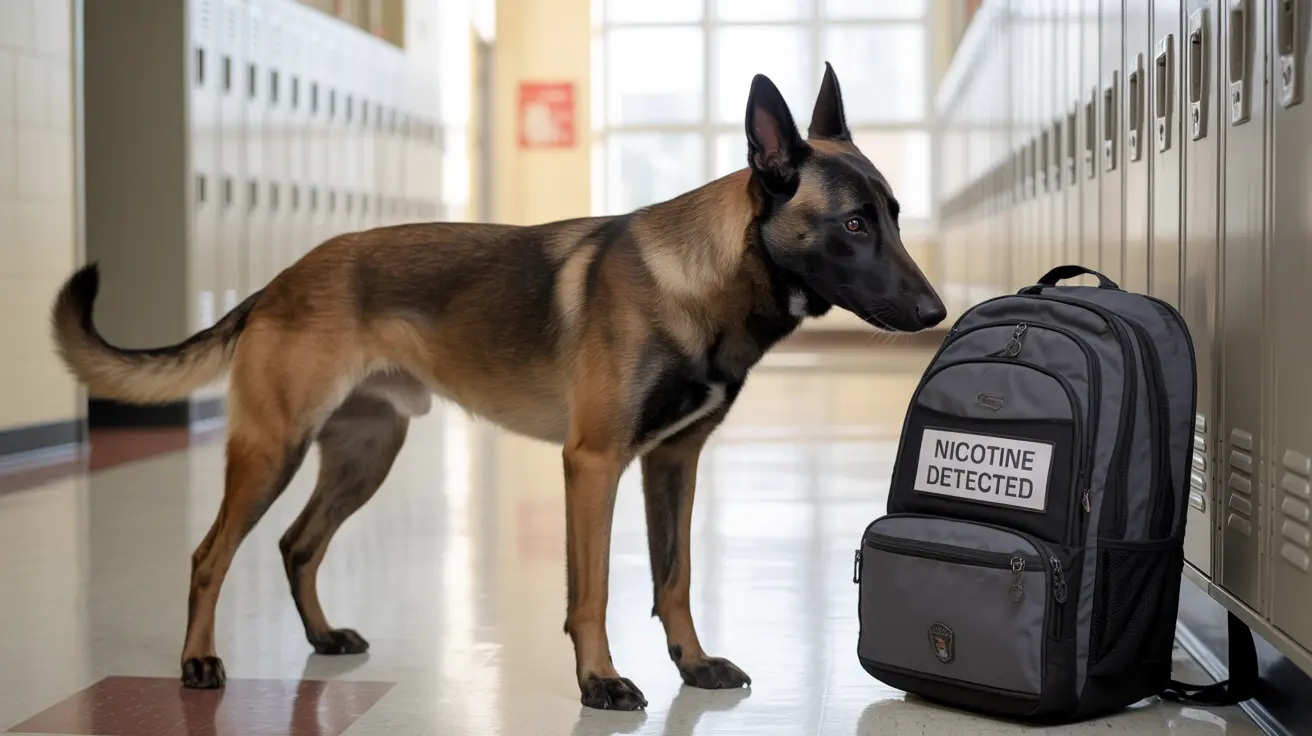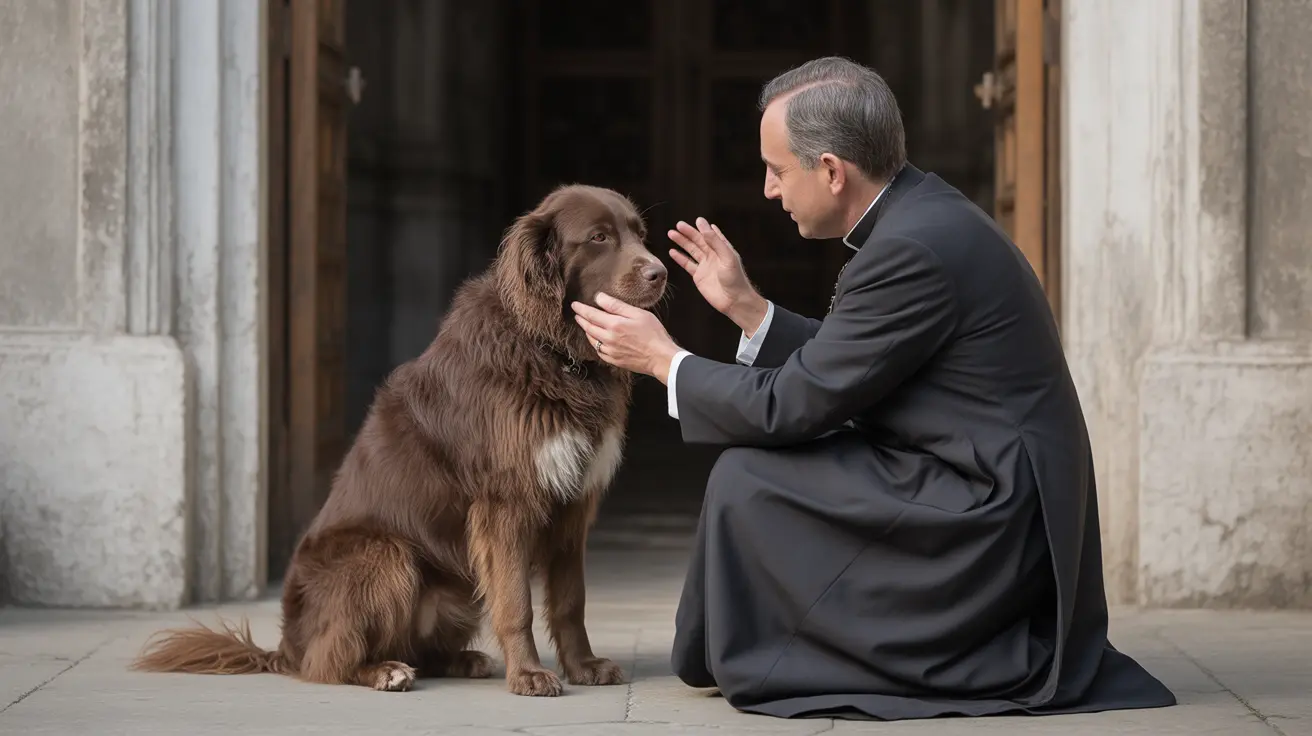The Science Behind Dogs' Nicotine Detection Abilities
Dogs' olfactory capabilities are truly remarkable, with up to 300 million scent receptors compared to humans' mere 6 million. This exceptional biological advantage allows them to detect even trace amounts of substances, including nicotine. Their brain's olfactory analysis region is approximately 40 times larger than humans', enabling them to process and identify specific chemical compounds with incredible accuracy.
The vomeronasal organ, located in dogs' hard palate, further enhances their ability to detect chemical signatures that humans can't perceive. This makes them perfectly equipped to identify nicotine in various forms, from traditional tobacco products to modern vaping devices.
Law Enforcement vs. Private K9 Applications
While police dogs have the physical capability to detect nicotine, most law enforcement K9 units don't include nicotine detection in their training protocol. This is primarily because nicotine is a legal substance for adults in most jurisdictions, and police resources are focused on detecting illegal substances like narcotics and explosives.
However, private security firms and educational institutions increasingly employ specially trained dogs to detect nicotine and vaping products. These K9 units play a crucial role in enforcing no-tobacco policies in schools and other restricted environments.
Training Dogs for Nicotine Detection
The process of training dogs to detect nicotine involves systematic exposure to the target scent and positive reinforcement for successful alerts. These specialized K9 units can identify nicotine in various forms, including:
- Traditional tobacco products
- E-cigarette devices and cartridges
- Vaping liquids and residues
- Nicotine-infused materials
Training must be ongoing to maintain the dog's proficiency and ensure accurate detection in different environmental conditions.
Practical Applications and Limitations
While dogs can effectively detect nicotine in most scenarios, certain limitations exist. Completely airtight containers can prevent scent detection, and environmental factors like strong competing odors may impact performance. Additionally, the legal and privacy considerations of using detection dogs must be carefully managed, especially in educational settings.
Growing Role in School Safety
With the rise in youth vaping, many schools now incorporate nicotine-detection K9 units as part of their comprehensive safety strategy. These programs have shown success in both detecting prohibited items and deterring students from bringing nicotine products to campus.
Frequently Asked Questions
Can drug dogs detect nicotine or nicotine-containing vape products?
Yes, dogs can be trained to detect nicotine and vaping products. Their superior sense of smell allows them to identify the chemical signatures of nicotine in various forms, including e-cigarettes and traditional tobacco products.
Why don't most police dogs alert to nicotine even though they can smell it?
Police dogs typically aren't trained to alert to nicotine because it's a legal substance for adults. Law enforcement K9 units focus their training on illegal substances like narcotics and explosives.
How are dogs trained to sniff out nicotine or vaping products in schools?
Dogs are trained through positive reinforcement techniques, repeatedly exposing them to nicotine-containing products and rewarding successful alerts. This training is maintained through regular practice sessions to ensure accuracy.
Can drug-sniffing dogs identify disposable vapes or vape cartridges with nicotine?
Yes, properly trained dogs can detect nicotine in disposable vapes and cartridges. Their keen sense of smell allows them to identify the chemical compounds present in these devices.
What limits a dog's ability to detect nicotine or vape products during searches?
The main limitations include airtight containers that prevent scent escape, environmental factors like strong competing odors, and the need for ongoing training to maintain detection accuracy.
Understanding these capabilities and limitations helps organizations make informed decisions about implementing K9 detection programs as part of their nicotine prevention strategies.






